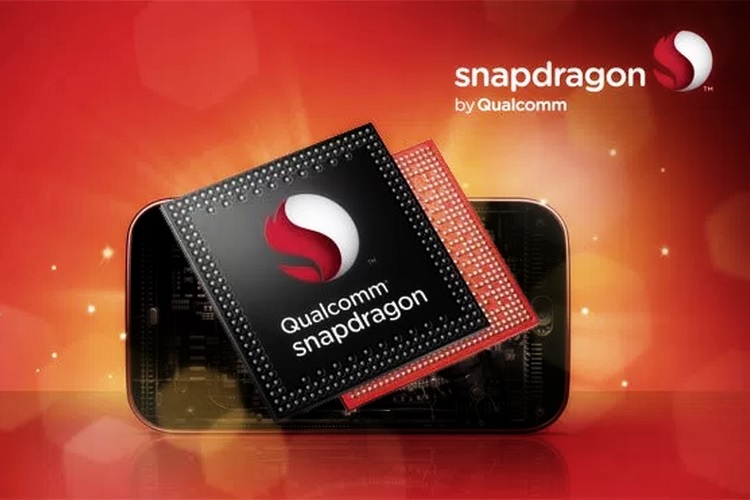Select Qualcomm Chipsets Now Support ISRO's NavIC Satellite Navigation System
[the_ad id='1307']

At the India Mobile Congress (IMC) event in New Delhi, Qualcomm announced today that select chipsets in its portfolio will include support for IRNSS (India’s Regional Navigation Satellite System) and NavIC (Navigation with Indian Constellation) in the country. Both ISRO and Qualcomm have worked closely on the development of the chipsets which will use NavIC for day to day use.
The new Qualcomm chipsets will “help accelerate the adoption of NavIC and enhance the geo-location capabilities of mobile, automotive and the Internet of Things (IoT) solutions,” stated ISRO in an official press statement. These are built on Qualcomm’s location-based position tech and the updated Location Suite now supports up to 7 satellite constellations at the same time.
Qualcomm says that it will be utilizing the complete might of NavIC, using all of the operating satellites to deliver more accurate location information, faster time-to-first-fix (TTFF) position acquisition, and access to more robust location-based services to users in dense urban locations. One should be able to notice an increase in geo-location accuracy.
“NavIC is a critical step forward in our pursuit of harnessing space technology for national development and we are eager to make it accessible to everyone for their day to day use. ISRO is very happy to work with Qualcomm to enable NavIC on Mobile platforms,” stated ISRO Chairman Kailasavadivoo Sivan in an official statement.
Dr. DK Das, Distinguished Scientist and Director, Space Application Centre, ISRO – introduces NavIC and talks about their collaboration with @Qualcomm_IN to introduce chipsets that are compatible with NavIC.
at #IMC2019 inaugural ceremony. #QatIMC2019 @exploreIMC pic.twitter.com/d9HgGUL3Ru— Qualcomm India (@qualcomm_in) October 14, 2019
The chipmaker is demonstrating NavIC support in Snapdragon chipsets at IMC, starting from today until October 16 in New Delhi. Qualcomm states that NavIC support will be available for select mobile platforms towards the end of 2019, with commercial devices supporting the navigation system in the first half of 2020.
[the_ad id='1307']
Source link
[the_ad id='1307']